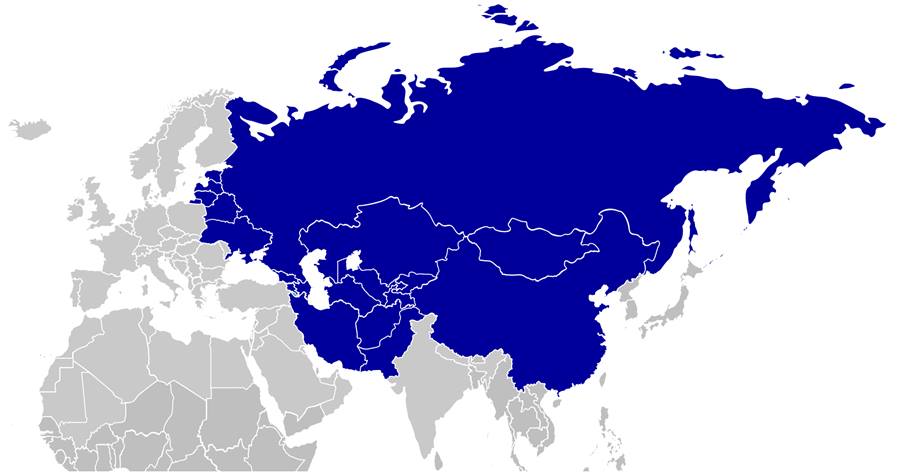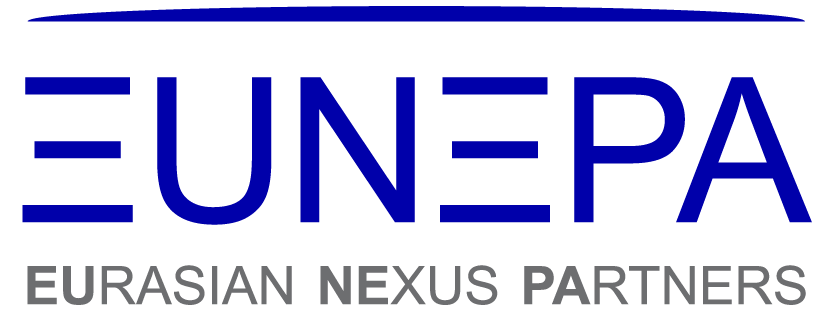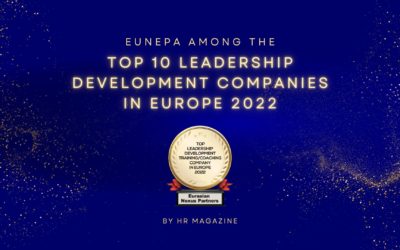Eurasia Is Just Warming Up – The Expansion of a Future-Defining Economy
28 May 2019 | Strategy & Risk

Eurasia – Abstract idea or emerging reality?
Comparing continents with modern nation states, we can easily grasp the artificial nature of the latter. Nations are arguably man-made and continue to evolve. In an ever more dynamic world, it is more than thinkable that nations, as we know them today, might not be the reality of 2090, 2120 or 2184.
Continents, in contrast, are natural by default and less subject to change. So one might rather bet on continents and their internal connectivity when it comes to persistence. Once idealistically reinvented by adding new social, economic and political meaning to them, we can easily spot increasing opportunities arising from the ground. And precisely herein, Eurasia is not merely an abstract lesson in geography anymore, but an economic reality.
With almost 35% of the earth’s landmass, 5 billion people and over 60% in GDP generation, Earth’s largest continental landmass offers vast potential.
Mapping Eurasia’s economic impact
In 2015, the Eurasian Economic Union (EAEU) was finally established. With its member states Armenia, Belarus, Kazakhstan, Kyrgyzstan and Russia, the integrated single market represents 183 million inhabitants and over $5 trillion in GDP. In 2018, Iran too joined and signed a three-year interim agreement with the EAEU to set up a free trade zone, entering force by 2021. A promising outlook, which will enhance business opportunities there.
The region demonstrates significant increase. Four more countries are in talks to sign FTAs, and in 2018, intra-EAEU trade rose by 38%. More members, a potential single currency and other economically impactful concepts are also on the table.

Map of the expanded Eurasian Economic Union proposed by Russian president Vladimir Putin. This union would combine all states of the former Soviet Union, China, and the neighboring countries. Source: researchgate.net
With the Shanghai Cooperation Organization (SCO), we find another powerhouse on the member list: China. While the EAEU focuses on economic alignment, the SCO adds political and security plain fields to the equation. With 8 member states, 4 observer states and more dialogue partners, the ample scope is evident.
Then, there are the Asia-Pacific Economic Forum (APEC), promoting free trade throughout the Asia-Pacific region with 21 Pacific Rim members members, and the Association of Southeast Asian Nations (ASEAN).
And of course there is the new Silk Road, called One Belt One Road (OBOR) or Belt and Road Initiative (BRI). BRI, as some suggest, constitutes a massive infrastructure project that will provide China with access to central Asia, and ultimately Europe. Trade along the new Silk Road and business along BRI is predicted to benefit enormously. With this initiative, the middle kingdom is not just reviving its ancient paths and accesses, but becoming chief designer and manager of a new world order.
Eurasia’s determination to foster development has led to political facilitation to create an ecosystem of growth. Differing regulations across regions, for example, are set to be lifted to incentivize investors from all corners of the world.
Silk Road 2.0 grows – What will Europe do?
With the enormous pace of technological progress, we are witnessing a new race to the top that bears greater implications than the original Silk Road ever saw. The race to A.I. supremacy adds massive leverage to the ‘new’ Eurasian ascent and might be the key variable in this battle. Eurasia’s determination to foster development has led to political facilitation to create an ecosystem of growth. Differing regulations across regions, for example, are set to be lifted to incentivize investors from all corners of the world to set foot in Eurasia.
Meanwhile, Europe and the USA have been occupied with themselves. As a result, instead of infighting, European member states are well-advised to contemplate how to get a piece of the Eurasian pie instead of letting this opportunity pass. The same well-intended advice might be communicated to Washington.
Acceleration and a shift in perceived agency
Ideally, instead of any solo trip, more unity by developing opportunities and cooperations is more condusive. It is still early enough for European and other players to send the right signal. However, time is scarce, especially considering the exponential acceleration of technology.
Rivalry about the sphere of influence is another factor that may speed up current developments. So far, China’s politicking across the region has been quite noticeable. There is also some reason to believe that inside Eurasia, Moscow and Beijing might conceive of different Eurasian futures. Russia might favor a strong EAEU where it can unfold its economic ideas in a single market. China, on the other hand, may place itself at the center of its new road BRI and overshadow its neighbors. Then there is India, at the crossroad of the continent, with its own perception in mind.
Fact is, the new Eurasia represents an ambitious vision, and championed by China, a growing group of states is opting in. We may be wondering, “What will Europe do?” But the much more prevalent question might become, “What will Eurasia do?”
Either way, Eurasia’s economy is just warming up.
Related Services
Strategy & Risk
To capitalize on new opportunities, a strong strategy needs to keep pace with rapid change while navigating risk with foresight and confidence.

Is Eurasia a suitable opportunity for your business? How can your business be optimized? Get in touch, we are happy to explore potential opportunities for your business growth. Contact us

Is Eurasia a suitable opportunity for your business? How can your business be optimized? Get in touch, we are happy to explore potential opportunities for your business growth. Contact us
Recent Posts
EUNEPA Top Leadership Development Provider in Europe 2022
We are thrilled to announce that EUNEPA has been selected as one of the Top 10 Leadership Development Training / Coaching Companies in Europe 2022 by Manage HR Magazine.
10 Tips on How to Create Team Alignment
Implementing any strategy or goals begins by sharing it with your team members, who will be the people executing it — this means it begins by creating team alignment.
How to Make Your Organisation More Attractive to Millennials and Gen Z
What makes you attractive enough to the next generation of employees? Here are 7 best practices to attract and retain the new generation.



